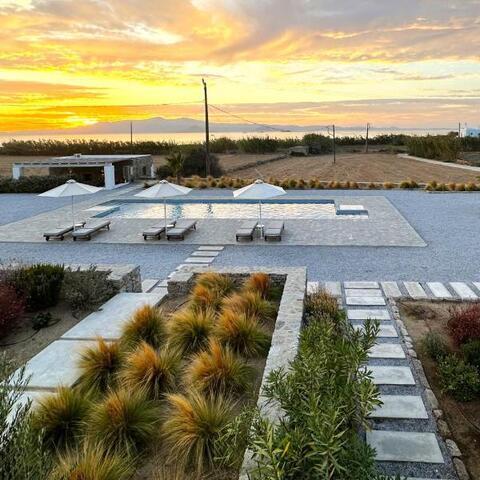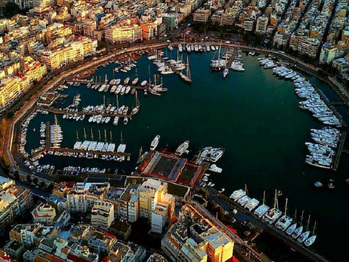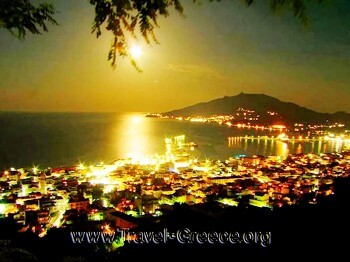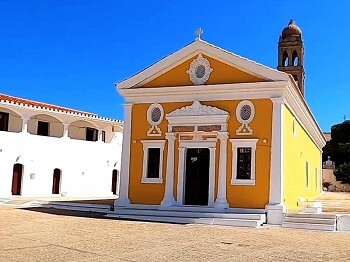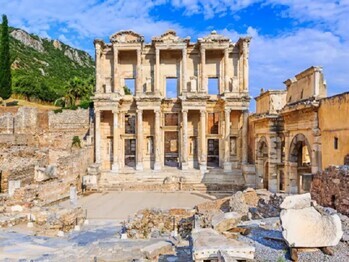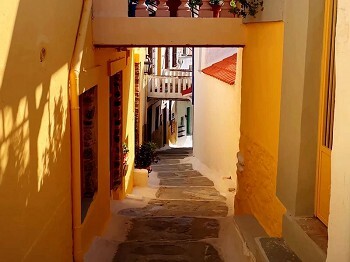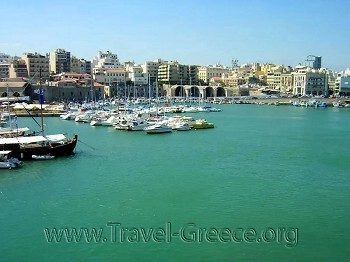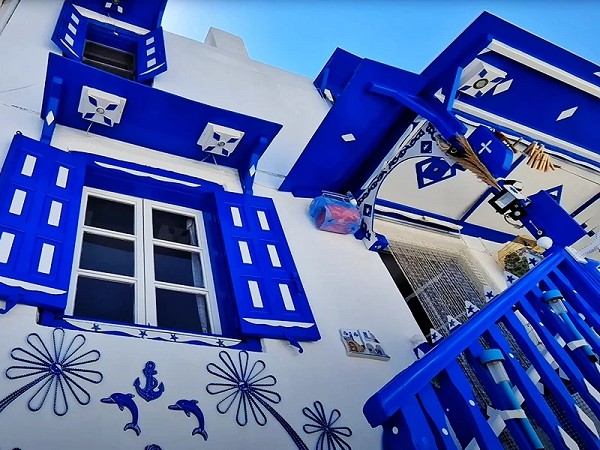
Naxos Island, the largest of the Cyclades, boasts a rich tapestry of history and culture that Dates back thousands of years. Whether you are a history buff or simply looking to soak in the island's vibrant past, Naxos offers a plethora of historical sites that promise to transport you back in time. Here are some of the most captivating historical sites you must visit on Naxos Island.
We suggest for your stay:
Still Looking for the Perfect Stay?
1. Portara (Temple of Apollo)
The Iconic Symbol of Naxos
The Portara is arguably the most iconic landmark on Naxos. This massive marble doorway, standing proudly on the islet of Palatia at the entrance to Naxos Harbor, is the sole remnant of an unfinished Temple dedicated to Apollo. Built around 530 BC, The Portara offers stunning Views of the Aegean Sea and the surrounding landscape. As you walk through the doorway, imagine the grandeur of the ancient Temple and its Significance in Greek mythology.
2. Kastro (The Castle)
A Venetian Legacy
Situated in the heart of Naxos Town (Chora), the Kastro is a medieval castle built by the Venetian Duke Marco Sanudo in the early 13th century. This fortified complex, which served as the administrative center of the Duchy of the Aegean, is a labyrinth of narrow alleys, archways, and historic buildings. Within the Kastro, you’ll find The Archaeological Museum of Naxos, housed in a former Jesuit school, which showcases Artifacts from the island’s long history.

3. Temple of Demeter
A Sanctuary of the Goddess of Harvest
Located in the village of Sangri, the Temple of Demeter is a 6th-century BC sanctuary dedicated to Demeter, the goddess of harvest and fertility. The temple’s construction, using Naxian marble, highlights the importance of Agriculture in ancient Naxos. After extensive restoration work, the Temple offers a glimpse into ancient Greek religious practices. The nearby museum provides additional context with its Collection of Artifacts and information on the temple's history.
4. The Ancient Kouros Statues
Monuments of Antiquity
Scattered across the island are several massive statues known as kouroi, which Date back to the 7th and 6th centuries BC. These unfinished statues, carved from local marble, are believed to represent young male figures. The most famous kouroi are located in the Villages of Melanes and Apollonas. Visiting these sites provides insight into ancient Greek sculpture techniques and the island's marble quarrying history.

5. Tower of Bazeos
A Monument of Renaissance Architecture
The Tower of Bazeos, situated in the inland village of Sangri, is a 17th-century tower that originally served as a Monastery. This well-preserved structure now hosts cultural events and Exhibitions, especially during the summer months. Its unique Architecture and serene location make it a fascinating site to explore and a testament to the island’s Venetian influence.
6. The Monastery of Fotodotis
A Byzantine Masterpiece
Perched on a hill near the village of Danakos, the Monastery of Fotodotis (Christ the Giver of Light) Dates back to the 6th century AD. This Byzantine Monastery is renowned for its well-preserved Frescoes and its panoramic Views of the island. The peaceful Ambiance and the Historical significance of the Monastery make it a must-visit for those interested in Byzantine art and Architecture.

7. Archaeological Museum of Naxos
A Treasure Trove of History
Located within the Kastro, The Archaeological Museum of Naxos houses an impressive Collection of Artifacts that span several millennia, from the late Neolithic period to the early Christian era. Highlights include Cycladic figurines, Pottery, Jewelry, and tools. The museum provides a comprehensive overview of Naxos’ history and its role in the broader Aegean region.
8. Church of Panagia Drosiani
A Jewel of Early Christian Architecture
The Church of Panagia Drosiani, near the village of Moni, is one of the oldest Christian churches in the Balkans, dating back to the 6th century. This early Christian Basilica is renowned for its beautiful Frescoes, some of which Date back to the iconoclastic period. The church’s Architecture and Artwork offer a unique glimpse into the early days of Christianity on Naxos.
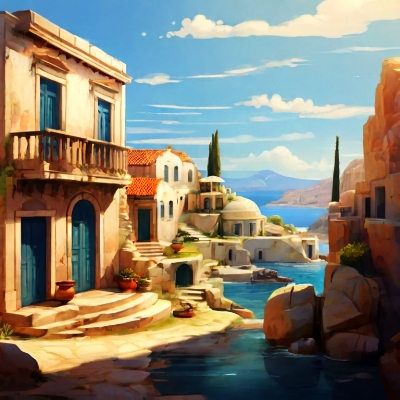
9. The Venetian Museum
A Glimpse into the Venetian Era
Housed in a 13th-century tower in the Kastro, the Venetian Museum offers a fascinating look at the Venetian period of Naxos. The museum showcases a range of Artifacts, including furniture, paintings, and everyday items from the Venetian era. Guided tours provide detailed insights into the life and culture of the Venetian rulers and their impact on Naxos.
10. Temple of Dionysus
Celebrating the God of Wine
The Temple of Dionysus, located in the village of Iria, Dates back to the 6th century BC and is dedicated to the god of wine and festivity. The site, which includes the Remains of the Temple and other structures, was an important religious center in ancient times. Excavations have revealed significant Artifacts that Highlight the cult of Dionysus on Naxos.
Conclusion
Naxos Island is a treasure trove of historical sites that reflect its rich and diverse Heritage. From ancient Greek temples to medieval castles and Byzantine Monasteries, each site offers a unique window into the past. Exploring these historical Landmarks not only enhances your understanding of Naxos' history but also enriches your travel Experience with the timeless beauty and cultural depth of this enchanting island. Whether you’re wandering through the Ruins of an ancient Temple or admiring the intricate Frescoes of a Byzantine church, Naxos promises a journey through history that you won’t soon forget.


